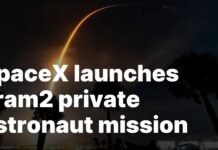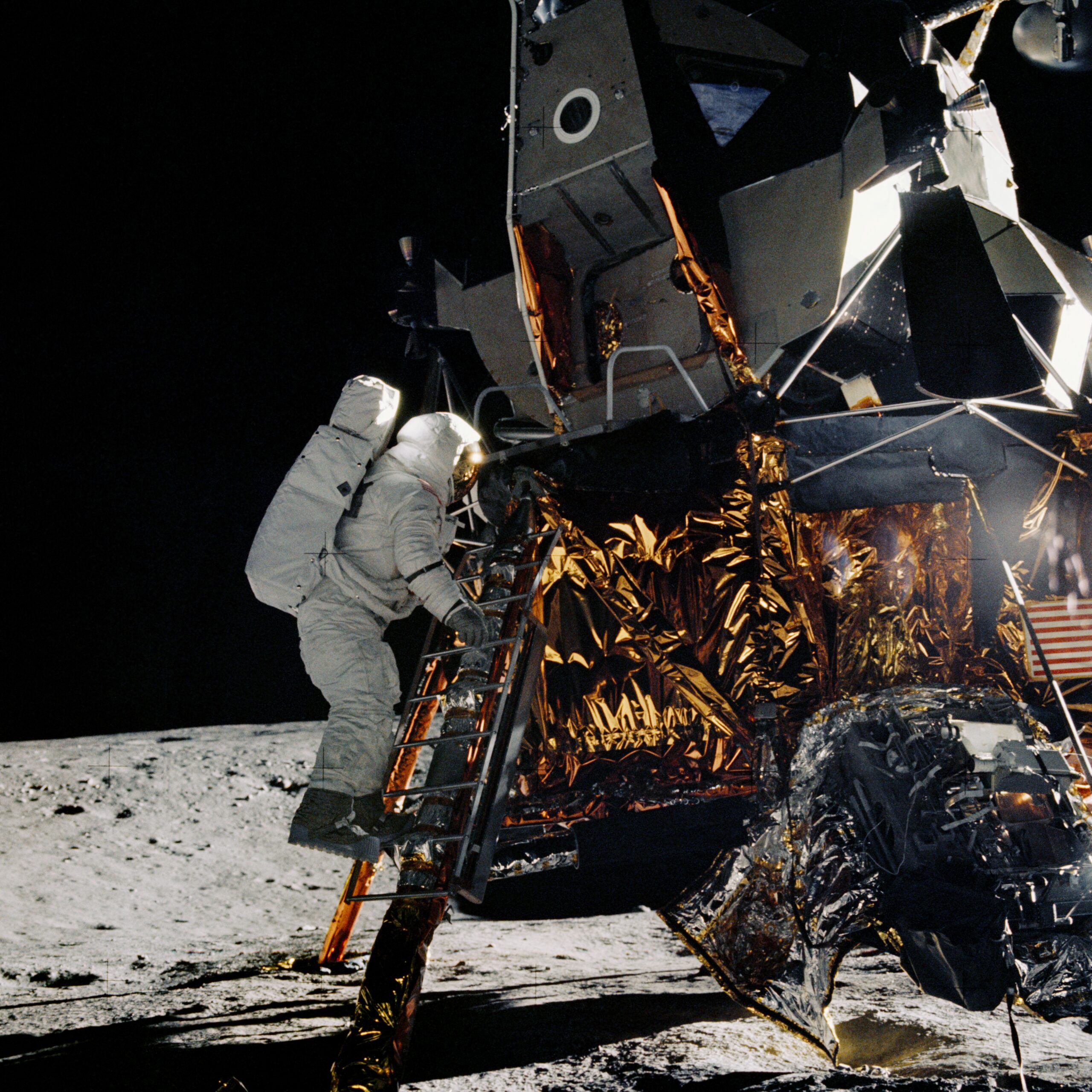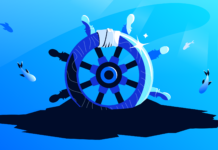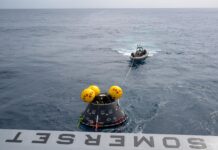In this article, we delve into one of the pivotal moments in space exploration history, highlighting the achievements of NASA’s Apollo 12 mission. This mission marked a significant advancement in lunar exploration, with astronauts Alan Bean and Charles Conrad Jr. making vital contributions to scientific research on the Moon.
On November 19, 1969, NASA astronaut Alan Bean descended the ladder of the lunar module, joining his colleague, astronaut Charles Conrad Jr., on the Moon’s surface. This historic event took place in an area known as the Ocean of Storms. The mission was a part of NASA’s Apollo program, which aimed to explore the Moon and bring back valuable scientific data.
The primary objective of Apollo 12 was to make a precise landing on the Moon. The mission succeeded in achieving this goal, demonstrating NASA’s growing expertise in space navigation and lunar exploration. This success was crucial for paving the way for future missions, as it proved that astronauts could land accurately at designated sites on the Moon, which is essential for exploring specific geological features and conducting in-depth scientific analysis.
### Activities on the Lunar Surface
During their time on the Moon, astronauts Bean and Conrad conducted two spacewalks, known as extravehicular activities (EVAs). These spacewalks were crucial for conducting experiments and gathering data that would enhance our understanding of the Moon’s environment.
One of their key tasks was deploying scientific instruments on the lunar surface. These instruments were designed to collect data on various aspects of the Moon’s environment, such as its seismic activity, magnetic field, and solar wind interactions. By deploying these instruments, the astronauts contributed to a long-term scientific investigation that would continue to provide valuable data even after their mission had ended.
In addition to deploying instruments, Bean and Conrad collected geology samples from the lunar surface. These samples were carefully chosen to represent different types of lunar terrain and would later be analyzed on Earth. The analysis of these samples provided critical insights into the Moon’s composition, formation, and geological history, helping scientists piece together the story of our celestial neighbor.
### Exploring the Surveyor 3 Spacecraft
Another fascinating aspect of the Apollo 12 mission was the inspection of the Surveyor 3 spacecraft. Surveyor 3 had landed on the Moon in April 1967, and its primary mission was to gather data about the lunar surface to aid future manned missions. Bean and Conrad’s inspection of the spacecraft offered a unique opportunity to study the effects of the lunar environment on human-made materials over an extended period.
By examining Surveyor 3, the astronauts could assess the impact of factors such as micrometeorite bombardment and solar radiation on the spacecraft’s components. This information was invaluable for designing more durable materials and equipment for future lunar missions and other space exploration endeavors.
### Scientific Contributions from Lunar Orbit
While Bean and Conrad were busy conducting research on the Moon’s surface, astronaut Richard F. Gordon was carrying out scientific observations from lunar orbit. Gordon’s role was crucial in ensuring the overall success of the mission, as he collected data that complemented the findings of his colleagues on the Moon.
Orbiting the Moon allowed Gordon to capture high-resolution photographs of the lunar surface, mapping out potential landing sites for future missions. His observations contributed to a more comprehensive understanding of the Moon’s topography and geological features, providing essential information for planning subsequent lunar explorations.
### The Legacy of Apollo 12
The Apollo 12 mission stands as a testament to human ingenuity and determination. It showcased the ability to carry out complex scientific tasks in the challenging environment of space, laying the groundwork for future lunar missions and expanding our knowledge of the Moon.
The success of Apollo 12 also underscored the importance of collaboration and precision in space exploration. The mission’s achievements were the result of meticulous planning, cutting-edge technology, and the unwavering dedication of the astronauts and the entire NASA team. Their efforts not only advanced our understanding of the Moon but also inspired generations of scientists, engineers, and space enthusiasts to continue pushing the boundaries of exploration.
### Good to Know: The Journey of Apollo Missions
The Apollo program, initiated by NASA in the 1960s, was a monumental effort to land humans on the Moon and safely return them to Earth. It was an ambitious project that captured the imagination of people worldwide and marked a significant milestone in human history.
Apollo 11, the first successful manned mission to the Moon, took place in July 1969, a few months before Apollo 12. This mission saw astronauts Neil Armstrong and Edwin “Buzz” Aldrin become the first humans to set foot on the lunar surface. Apollo 11’s success was a defining moment in the Space Race, symbolizing technological prowess and human achievement.
Following Apollo 12, several more Apollo missions were launched, each contributing to our understanding of the Moon and space exploration. The program concluded with Apollo 17 in December 1972, marking the last manned mission to the Moon in the 20th century. These missions collectively provided an unprecedented wealth of scientific data and insights, shaping the future of space exploration.
### Reflecting on the Impact of Lunar Exploration
The exploration of the Moon has had profound implications for science, technology, and our understanding of the universe. It has challenged us to think beyond our planet and to consider the possibilities that lie beyond the confines of Earth.
Lunar missions like Apollo 12 have driven advancements in various fields, from materials science to telecommunications. They have also sparked interest in space exploration, leading to the development of new technologies and inspiring future generations to pursue careers in science and engineering.
Moreover, the knowledge gained from studying the Moon has enhanced our understanding of planetary formation and evolution. By examining the Moon’s geological features and composition, scientists have gained insights into the processes that shaped not only the Moon but also other celestial bodies in our solar system.
### Conclusion
The Apollo 12 mission remains a landmark achievement in the annals of space exploration. It demonstrated the feasibility of precise lunar landings, expanded our scientific knowledge, and set the stage for future explorations of the Moon and beyond.
As we look to the future, the lessons learned from Apollo 12 continue to inform and inspire ongoing efforts to explore space. With new missions and technologies on the horizon, humanity’s journey to uncover the mysteries of the universe is far from over. The spirit of exploration that drove the Apollo missions lives on, guiding us toward new frontiers and discoveries.
For more details on the Apollo 12 mission and its contributions to space exploration, visit NASA’s official website.
For more Information, Refer to this article.


































